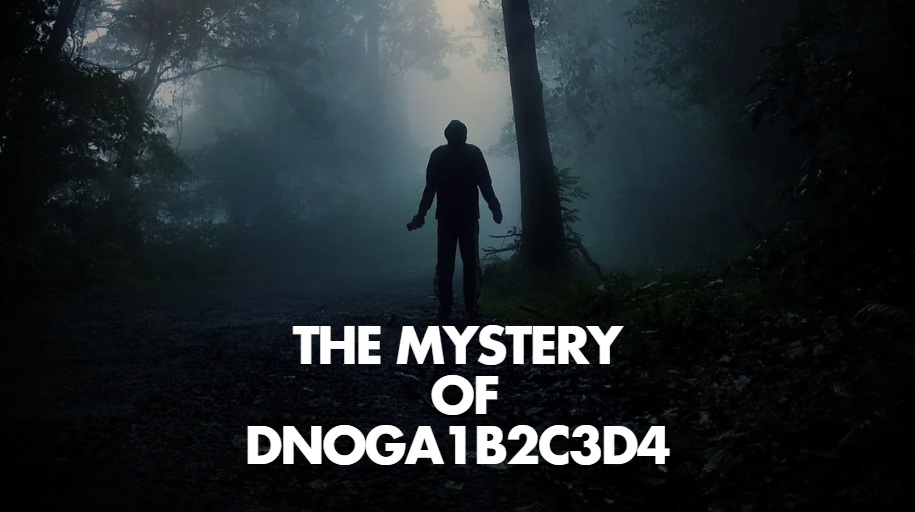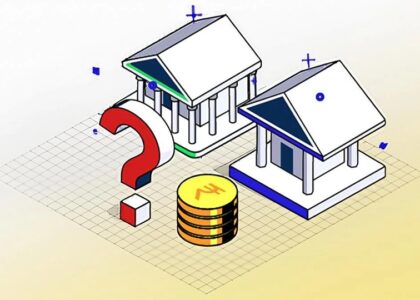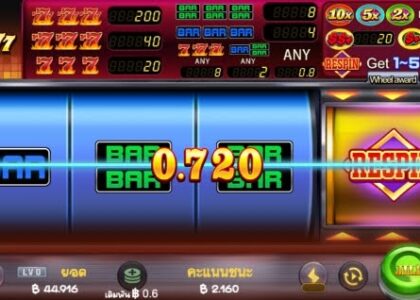In a world increasingly ruled by strings of code, cryptic messages, and abstract alphanumeric sequences, the keyword “dnoga1b2c3d4” emerges as a fascinating symbol of the internet’s hidden depths. It appears like a simple combination of letters and numbers, but to the observant digital explorer or codebreaker, such terms can hint at far more. Whether it’s an encrypted password, a hash function, or the key to a hidden message, dnoga1b2c3d4 captures a unique kind of curiosity that thrives in the information age.
The internet has always harbored mysteries—some intentional, others accidental. From uncrackable puzzles and digital Easter eggs to complex strings of characters embedded in websites, social media, or software, people often find themselves intrigued by such oddities. This article explores the mystery of dnoga1b2c3d4, its potential meanings, the psychology behind our digital curiosity, and how we interact with hidden codes in the modern era.
Table of Contents
What is dnoga1b2c3d4? A Surface-Level Analysis
At first glance, dnoga1b2c3d4 looks like a typical randomly generated password or token. Its structure—a mix of lowercase letters followed by alternating numbers and characters—resembles many of the autogenerated strings used in web development, cybersecurity, and cryptographic systems. Such strings are often:
- API keys or access tokens, used to authenticate users or systems in web applications.
- Temporary passwords, generated for security during user account recovery.
- Hash-like sequences, which obscure important data using algorithms like SHA-256 or MD5.
But dnoga1b2c3d4 doesn’t immediately link to any known database or system, making its origin and purpose even more elusive. It’s not a common password, nor does it appear in well-known repositories or breach data—adding to its enigma.
Digital Symbols and the Rise of Cryptic Strings
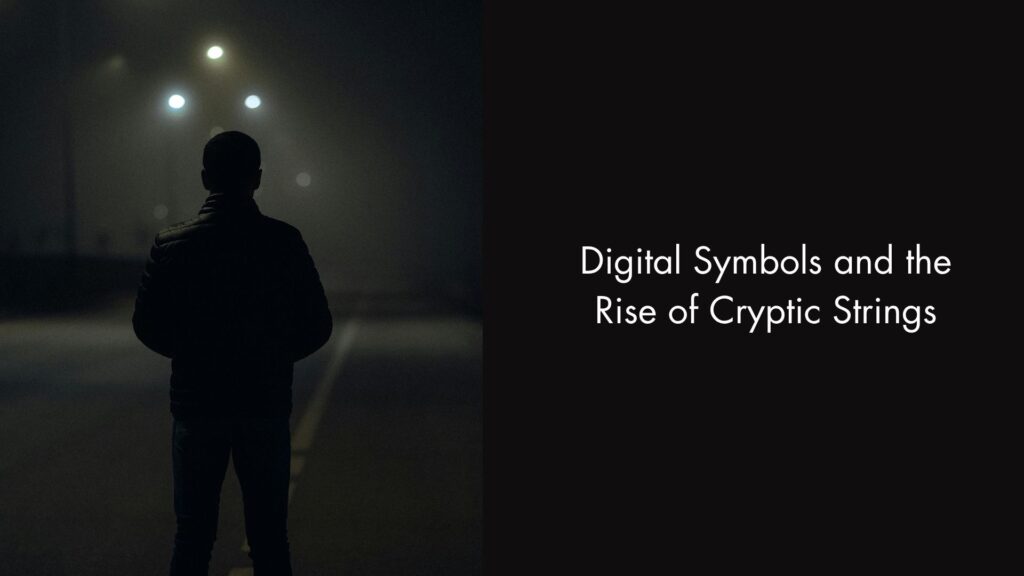
In today’s digital world, alphanumeric strings like dnoga1b2c3d4 are more than just functional tools. They’ve become symbols—of mystery, security, identity, and exclusivity. Cryptic codes often evoke feelings of secrecy and exclusiveness. When you see such a string, your mind might automatically wonder: What does this mean? or Where does it come from?
This isn’t by accident. The use of cryptic strings has been popularized by:
- Tech platforms, which use unique keys to protect and identify users or transactions.
- Alternate reality games (ARGs), where mysterious codes lead to hidden web pages, puzzles, and immersive storylines.
- Blockchain technologies, where cryptographic hashes represent ownership, identity, and trustless systems.
The keyword dnoga1b2c3d4 fits squarely within this ecosystem of curiosity and secrecy.
Could dnoga1b2c3d4 Be a Hash or Encrypted Value?
Let’s dive into one possible explanation: encryption.
In some contexts, dnoga1b2c3d4 might even be a hash of encrypted data, used to secure credentials or user identities without exposing actual information. A hash function takes an input (or ‘message’) and returns a fixed-size string of characters, which is typically a digest that appears random.
Although dnoga1b2c3d4 doesn’t match known SHA-1, SHA-256, or MD5 formats, it could still be:
- Part of a shortened hash.
- A custom-generated token from a niche app.
- A pseudorandom value assigned to users, documents, or internal resources.
The compactness of dnoga1b2c3d4 makes it more user-friendly than traditional long hashes, yet still cryptic enough to hide meaning from casual users.
The Role of Alphanumeric Strings in Modern Authentication
The structure of dnoga1b2c3d4—letters followed by numbers—isn’t unique. It’s widely used in authentication protocols and authorization methods. These include:
- OAuth2 tokens, which grant temporary access to APIs and platforms.
- UUIDs (Universally Unique Identifiers), often used in databases to reference records.
- JWTs (JSON Web Tokens), which represent identity claims digitally.
While these strings may look arbitrary, each one is crafted or generated to fulfill a specific function. In some cases, developers even manually create such strings for testing, debugging, or internal referencing—perhaps dnoga1b2c3d4 is such an instance.
Online Puzzles and the Allure of the Unsolvable
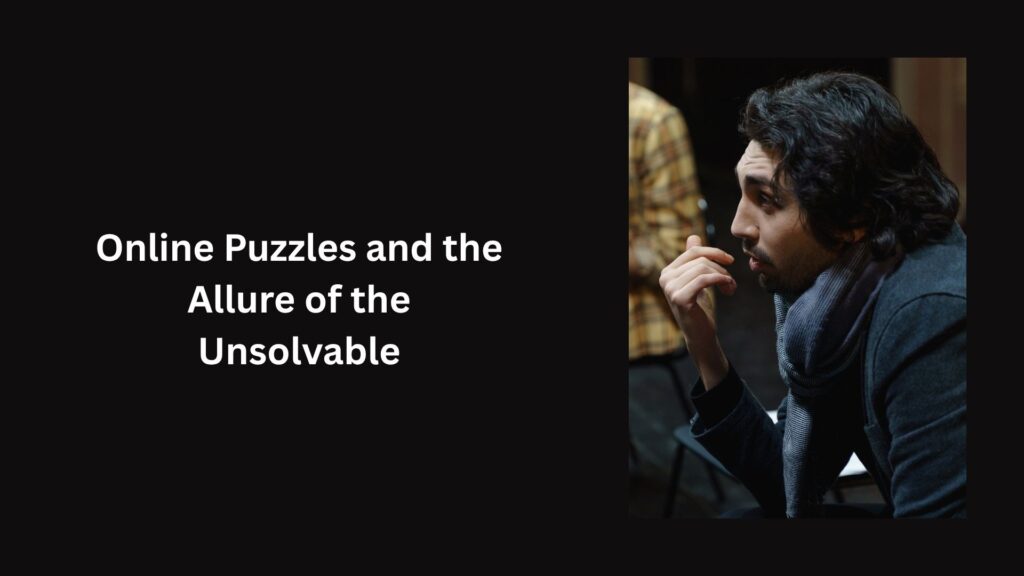
Another possibility? dnoga1b2c3d4 could be part of an ARG (Alternate Reality Game) or a viral puzzle—the kind that spread through internet forums, Discord servers, or Reddit threads. These puzzles often begin with strange-looking strings or URLs that seem meaningless until decoded.
The infamous Cicada 3301, for example, used cryptic clues and advanced puzzles to attract solvers worldwide. Participants had to decode images, audio, code, and physical locations to proceed.
In such a world, dnoga1b2c3d4 might be a “breadcrumb” left behind—a single piece of a much larger mystery meant to test knowledge of:
- Cryptography
- Programming languages
- Internet lore
- Steganography (hidden messages in images or media)
Whether or not dnoga1b2c3d4 is part of a known game, it has the makings of one.
The Human Fascination with Codes and Secrets
Why do strings like dnoga1b2c3d4 grab our attention so easily?
The answer lies in psychology. Humans are naturally curious, especially when we encounter information that’s obscured, incomplete, or encrypted. This kind of intrigue activates our problem-solving instincts and gives us a dopamine rush when we think we’ve uncovered a hidden truth.
This fascination is also amplified by pop culture:
- Movies like The Matrix, Inception, and The Imitation Game all romanticize cryptic data and hidden meanings.
- TV shows like Mr. Robot and Westworld thrive on puzzles and digital mysteries.
- Video games like Portal or The Talos Principle are built around logic, secrets, and discovery.
In such environments, a keyword like dnoga1b2c3d4 becomes more than a string. It becomes a trigger, a possible clue in a grand narrative.
Searching for dnoga1b2c3d4 Online: Does It Lead Anywhere?
Naturally, many users who stumble upon this keyword will take their curiosity to search engines. A quick Google or Bing search for “dnoga1b2c3d4” might yield surprising results—or perhaps, nothing at all. Both outcomes can be equally intriguing.
- If nothing comes up, it deepens the mystery.
- If something does come up—a forum post, hidden page, or image—it could be the start of a bigger trail.
Digital explorers are constantly on the lookout for the next breadcrumb trail. So, even if dnoga1b2c3d4 began as a randomly generated string, it now lives a second life as a digital curiosity—a spark for investigation.
Could dnoga1b2c3d4 Be a Placeholder or Developer String?
Another practical angle is that dnoga1b2c3d4 might simply be a developer’s placeholder string—a dummy token, key, or variable used during development of a software, web app, or database.
Developers often create mock data to test features or simulate environments. These dummy strings are usually:
- Unique enough not to clash with real data.
- Structured enough to be recognized during testing.
- Safe for public display since they contain no real credentials.
Yet even if dnoga1b2c3d4 started as a dev token, its sudden visibility raises questions. Why is it public? Was it left behind by accident—or on purpose?
Artistic Interpretations: Is dnoga1b2c3d4 Digital Art?
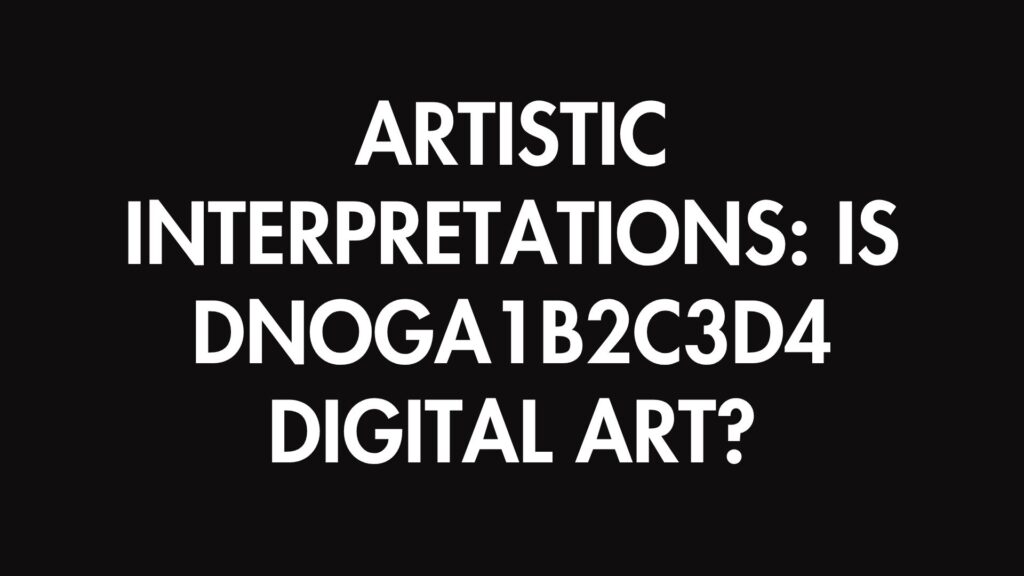
In the modern art scene, especially among digital and conceptual artists, such enigmatic strings can become artifacts or artworks in themselves. Think of the rise of:
- Generative art, where randomness meets aesthetics.
- Blockchain art and NFTs, where unique tokens represent art ownership.
- Data art, where alphanumeric patterns are transformed into visuals, music, or experiences.
In this context, dnoga1b2c3d4 could be interpreted as an identity—the signature of a piece of code-as-art. It may even be minted as an NFT (non-fungible token), used in AI-generated music, or woven into generative poetry or imagery.
What If It’s a Message? Exploring Steganography
We’ve discussed encryption and hashes, but what if dnoga1b2c3d4 is hiding a message in plain sight?
Steganography is the practice of concealing a message within another non-secret medium. Unlike encryption, which makes the content unreadable without a key, steganography tries to hide the fact that there’s a message at all.
Some theories around strings like dnoga1b2c3d4 suggest they could represent:
- Anagrams with hidden words.
- Shifted ciphers, like the Caesar cipher or ROT13.
- Encodings, like Base64 or ASCII values.
Though “dnoga” reversed is “agond”—not meaningful itself—it may be a fragment. Each part—“1b”, “2c”, “3d4”—may correspond to patterns used in code-based puzzles.
The Power of a Single String in the Attention Economy
We live in an age where attention is currency. Viral tweets, memes, TikTok trends, and even obscure keywords can generate thousands or millions of impressions overnight. What makes dnoga1b2c3d4 compelling is that it’s both:
- Unbranded (not obviously tied to a company or product).
- Specific, yet open-ended—its meaning not being immediately clear.
This makes it ideal for sparking speculation, investigation, and content creation.
Imagine a Reddit thread titled: “I Found This Code: dnoga1b2c3d4 — Any Idea What It Means?” It would draw in cybersecurity enthusiasts, programmers, ARG fans, artists, and internet detectives alike.
Final Thoughts: A Mystery That Lives On
So, what is dnoga1b2c3d4 really?
Is it a random developer string, a forgotten piece of code, an ARG clue, or a hash? Is it hiding a message or simply provoking thought? The beauty lies in not knowing for sure. Its ambiguity is what makes it so potent—inviting countless interpretations and endless speculation.
In a time where everything online is tagged, tracked, and explained, we crave the unknown. We long for the strange and unexplained. dnoga1b2c3d4 represents that spark of wonder that the digital world still holds.
Embrace the Unknown
If you’ve reached this far, chances are you’re one of the curious ones—someone who sees patterns in chaos and stories in code. Whether dnoga1b2c3d4 is a breadcrumb, a red herring, or nothing at all, the journey of deciphering it is the reward.
And that’s the magic of the modern internet: even in the age of algorithms and automation, a string like dnoga1b2c3d4 can become a mystery, a story, or a spark for creativity.
Keep decoding. Keep exploring. The next digital secret might be just a string away.
Read More Blogs –


